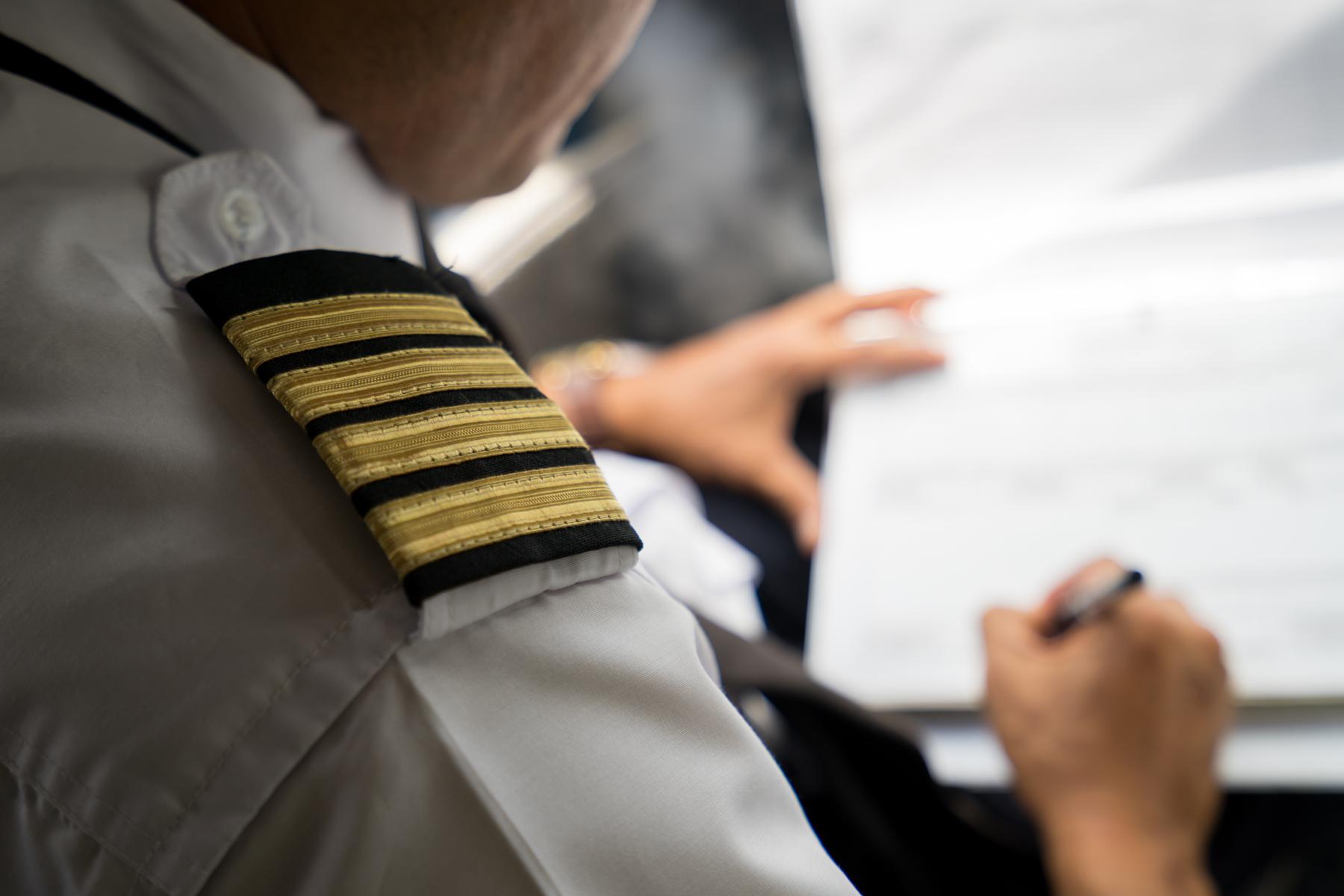Expect fewer regional flights.
Sorry. It’s not good news. Again. The aviation industry has been through the wringer this past couple of years–from a complete shutdown in 2020 to the complete chaos of last summer. To cut costs during the pandemic, airlines offered voluntary retirement to pilots, but then had to pump up hiring in 2022 because there weren’t enough pilots to meet demand. In all, the biggest losers in this merry-go-round have been the flyers who have suffered through constant disruptions, cancellations, and delays.
If reports are to be believed, the situation isn’t easing up any time soon.
There Aren’t Enough Pilots
Last year, management consulting firm Oliver Wyman published a report that estimated that the aviation industry in North America is facing a deficit of 8,000 pilots and by 2032, it will go up to 30,000 pilots. Regional airlines are hit the hardest. Even after paying higher salaries, they are unable to retain their pilots.
The sentiment is echoed by Faye Malarkey Black, President and CEO of the Regional Airline Association. She testified in front of the House Transportation and Infrastructure subcommittee earlier this month, explaining the importance of regional airlines that “offer the only source of scheduled, commercial air service at 67% of U.S. airports.”
“The impacts of the pilot shortage are real. Currently, more than 500 regional aircraft are parked, and those aircraft remaining in service are underutilized. The impact has been felt by 308 airports or almost 72% of all U.S. airports. These airports have, on average, lost one-quarter of their flights, with smaller airports experiencing a disproportionate impact.”
Recommended Fodor’s Video
She also stated that large carriers are hiring from regional airlines, further exacerbating the problem, and there aren’t enough qualified pilots to hire. But it’s about to get worse: in the next 15 years, around 50% of pilots will retire as they reach the age of 65.
The cost of training has become a major barrier to people pursuing this career. “Flight education and training at an FAA-certificated pilot school costs around $80,000. This cost can then dramatically increase to over $200,000 when combined with the added expenses associated with a bachelor’s degree,” Malarkey Black explained. What this means is that only the affluent can afford to become a pilot, and there is a lack of diversity with 9.25% female; 2.6% Black; 1.6% Asian; and 9.7% Hispanic.
The industry has been trying to cope in different ways. Airlines are trying to attract pilots with higher pay. Major carriers are also flying bigger planes. United launched its own flying school in 2022 to offer opportunities to those without a military background or financial means to become a pilot.
Republic Airways filed a petition for reducing training requirements, but the FAA rejected it. Meanwhile, a group of senators has introduced a proposal to increase the retirement age of pilots, which has also raised questions about safety.
Phil Dengler, co-owner of The Vacationer, said that travelers don’t need to worry about safety because commercial crashes in the U.S. are incredibly rare and that won’t change. “Even if the mandatory retirement age is increased from 65 to 67, the older pilots will be required to renew their first-class medical certification every six months. Additionally, I do not believe the minimum required number of flight hours for new pilots will ever decrease to an unsafe level.”
He predicted that this problem will get much worse in the next 10 years unless the number of new pilots significantly exceeds the number of retiring pilots.
Brace for Another Chaotic Summer
Pilot shortages will lead to fewer flights, more cumbersome connections, and more delays when the chain breaks due to weather or other related factors.
Regional flights and smaller cities will feel the gaps in operations, according to Scott Keyes, founder of Going.com. “That’s because when airlines are bottlenecked in how much they can fly, the first flights cut are smaller aircraft to regional destinations. Think of places like Dubuque and Yuma. The result is less service and higher fares.”
He mentions that there’s a silver lining here. Flights to more tourist-friendly destinations are not getting cut and airlines are flying larger planes there. That means more seats, more competition, and cheaper fares.
Related: 11 Tips for Avoiding Flight Cancellations and Delays (and What to Do When It Happens)
Dennis Tajer, an American Airlines captain and spokesperson for the Allied Pilots Association, isn’t feeling optimistic about summer travels. He told Fodor’s, “Everything that could be pressuring the margin of safety, reliability, and pricing [upward] will be happening this summer.” They are already seeing tight pilot schedules with little buffers. In his words: Another recipe for a meltdown.
There are multiple problems right now: understaffed and unseasoned workers, shortage of air traffic controllers, and a surge in travel demand. Cutbacks in schedules will lead to higher prices, he said, but what airline management teams are trying to do is impossible with a less seasoned workforce. “This summer is likely to be another mess with stranded passengers and flight crew as a common headline.”
Related: 12 European Cities Will Be Overcrowded This Summer. Go to These Instead




